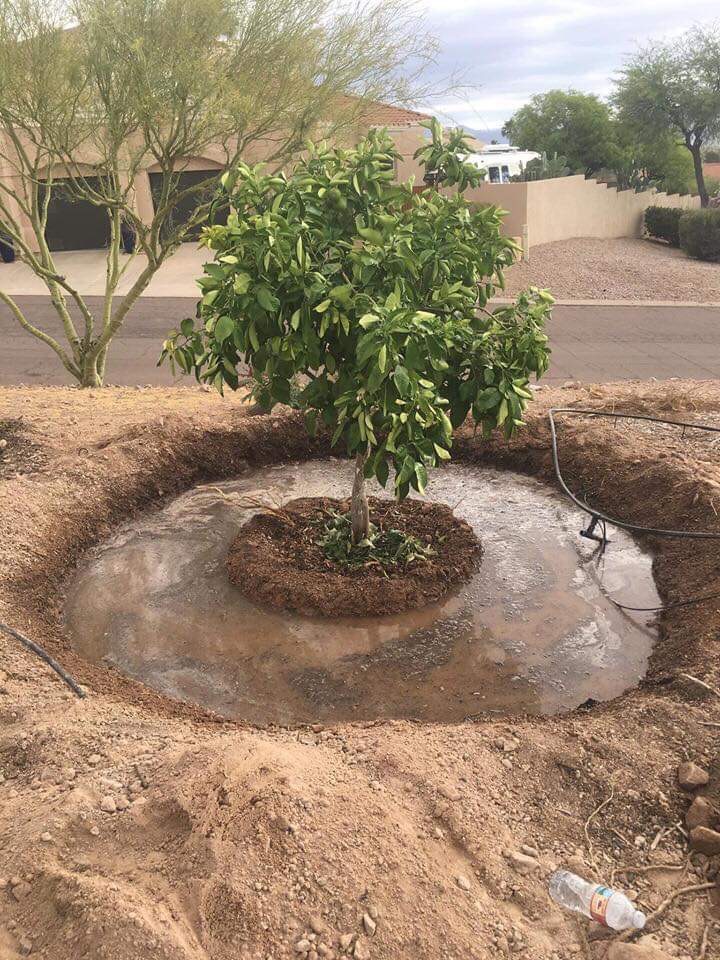FULL SUN
Full blazing AZ sun
pH
Neutral to alkaline
FEEDING
None needed
PLANTING
Summer: May to June
The tepary bean- Phaseolus acutifolius is little known gem native to the desert Southwest. The Tohono O’Odham legends say that tepary beans are the stars of the Milky way. They grow well in drought regions, alkaline soils, and extreme desert heat. Native Seed Search calls them among the most drought tolerant in the world. They are typically planted during the monsoon season. They flower in August and beans are ready for picking in October.
The earliest tepary beans were wild with much smaller seeds and pods that split easily. When the dry pods split open, they would fling the seeds across the desert floor, which made for poor harvesting. The native desert nations started to cultivate them to have large pods that were stronger with even larger seeds (beans). Fortunately, they still grew well in heat, drought, and alkaline soils. In fact, tepary beans required drought type conditions to produce beans.
It was once believed that the bean was endangered. However, there have been people working to revive this desert marvel. As more people become educated about their food sources and prefer locally grown products, they are rediscovering these old and valuable crops. Tepary beans are the perfect addition to a desert garden because they are well adapted to heat and drought.
Gary Paul Nabhan who has worked hard to revive this crop shares:
“Teparies to me taste like the desert itself. They have this nuttiness and this resilience.”
I (Ayshica) could not agree more. I am a huge fan of this little bean. We enjoy it frequently to make may delicious bean dishes, including tostadas and tepary bean enchiladas.
They come in many colors ranging from white, gold, speckled blues, rich browns, and black. The white teparies are sweeter while the browns are complex and earthy. Brown teparies are a good food option for diabetics as they have a low glycemic index, which means the carbohydrates take longer to digest.
The beans are also very high in protein, even more so than regular beans. They also contain a lot of fiber and are rich in calcium, iron, magnesium, potassium, and phosphorous.
And the best part: growing them is really easy.
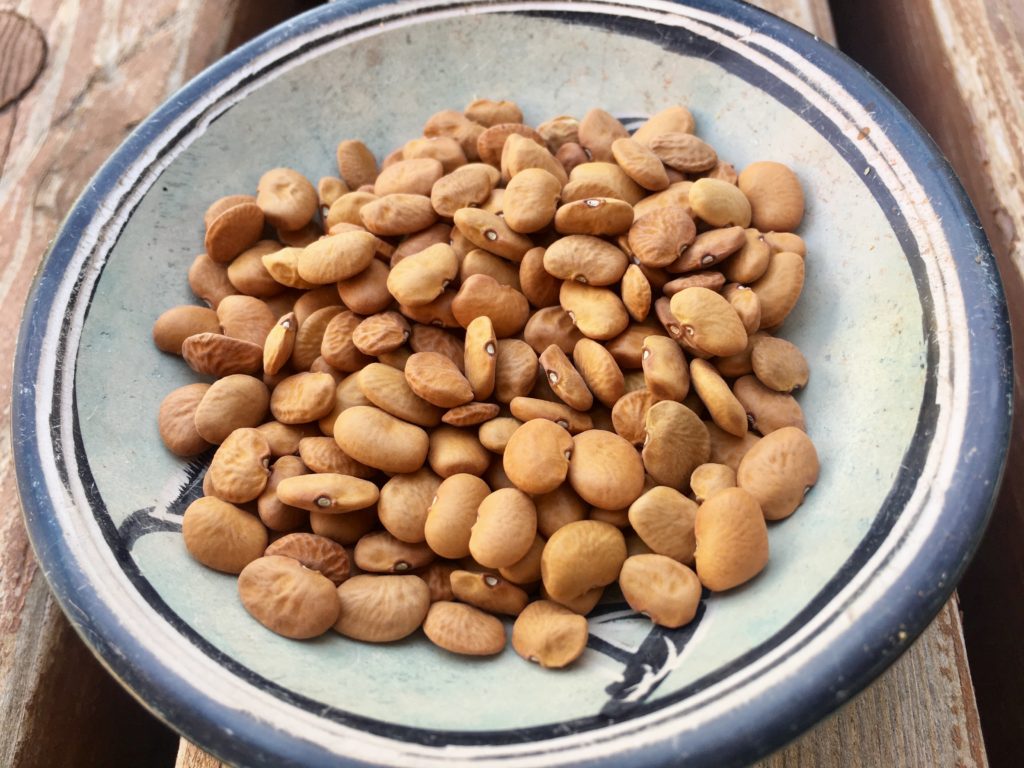
VARIETIES
Pinacate. Extremely Drought tolerant white variety.
Black. A rare type selected from white seeds.
Menagers Dam Brown. A larger tepary, from the Tohono O’Odham people.
Pima Beige and Brown. This variety was originally gathered on the Gila River Indian Reservation in Santan. Color variations of gold, beige, and brown.
Varieties from the Tohono O’Odham people grow best in the low desert regions.
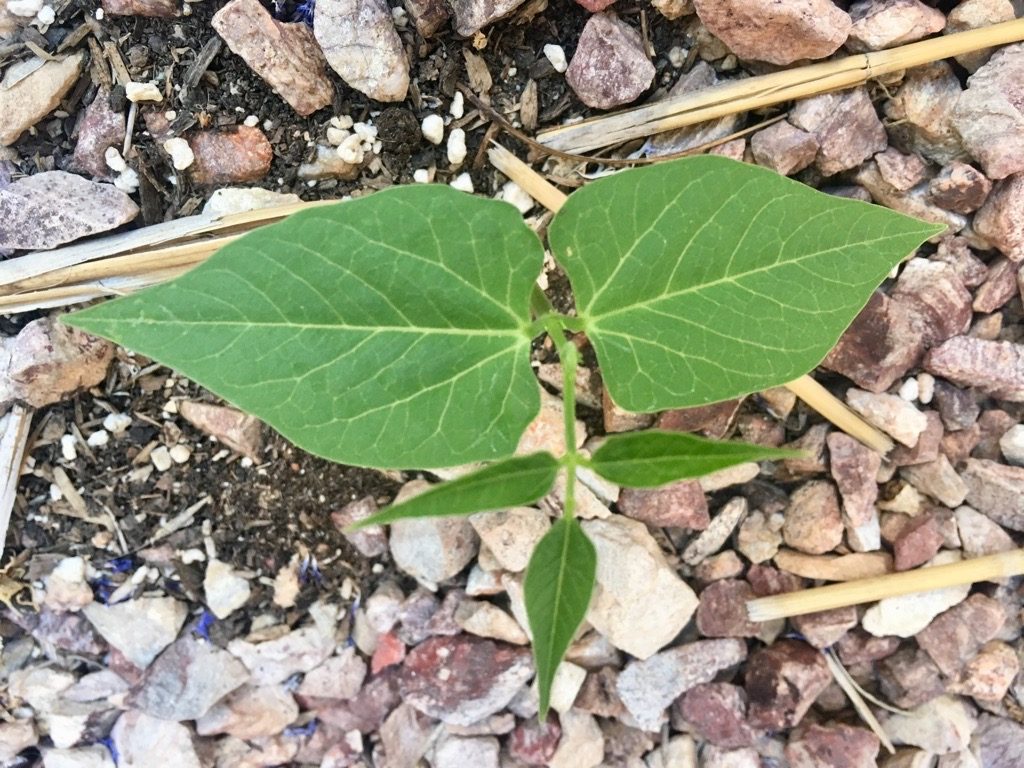
HOW TO GROW
- Plant out in May to late June directly into native dirt. They can be planted on the dried edges of planting beds too. Plant 2-4 inches deep. Keep seeds moist until germination
- Give small amounts of water if necessary until the monsoon rain.
- Can be trellised or left to vine on the ground
- Watering too much will cause low or no bean production. Once plants have gained some size, it is best to not water to encourage flowering and pod production.
POSSIBLE ISSUES
No beans
This is likely due to too much water. Water infrequently, if at all. Monsoon rains should be sufficient.
Thrips
While thrips can attack tepary beans, the plant is resilient. Use blue sticky traps for thrips. The underside can also be sprayed with a kaolin clay solution.
Bean Mosaic Virus
Tepary Beans are prone to bean mosaic virus. This is actually advantageous to the tepary beans but not so for other beans. Plant teparies far away from other beans to prevent the virus from spreading. Thank you Michael Gettens, for this helpful tip.
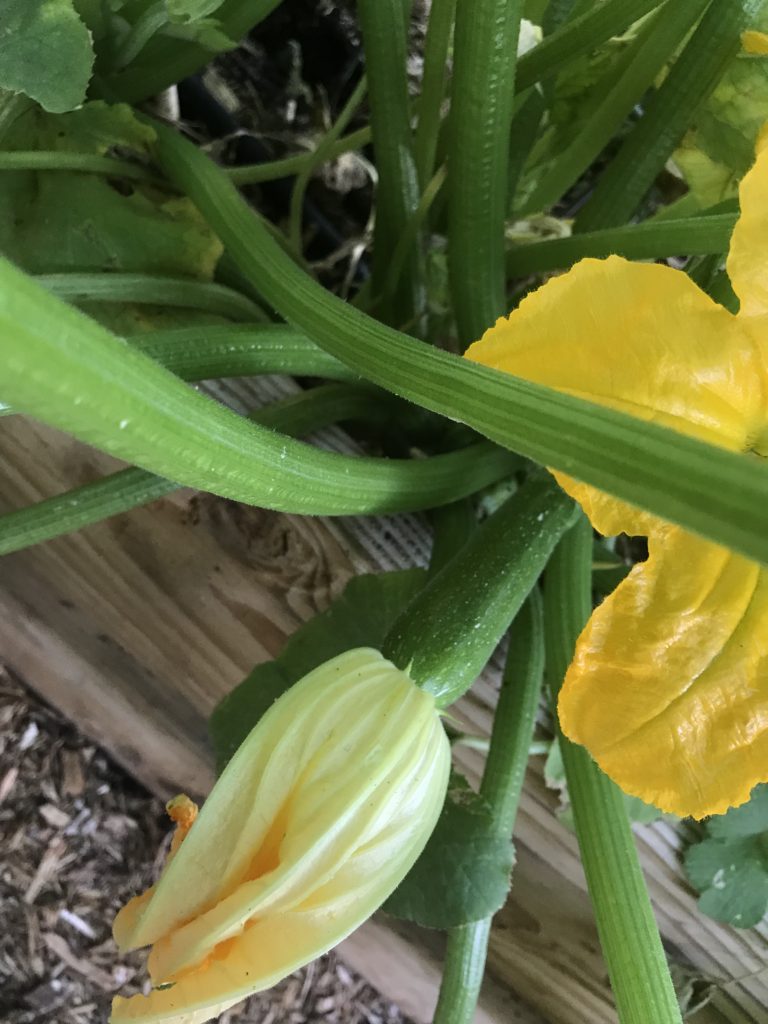
COMPANIONS
The Native Desert people planted tepary beans alongside corn and squash.
When planting, keep in mind that they require much less water than corn or squash. Plant the tepary beans on the outer, drier edges of the planting bed.
HARVESTING
Harvest in October to November as they dry. If they are left too long on the vine they will burst open and disperse the beans. You could also cut the plant at the base as the pods are turning brown, allow them to dry, then shell the beans. Dry for an additional 3 weeks before storing or use the dried beans immediately.

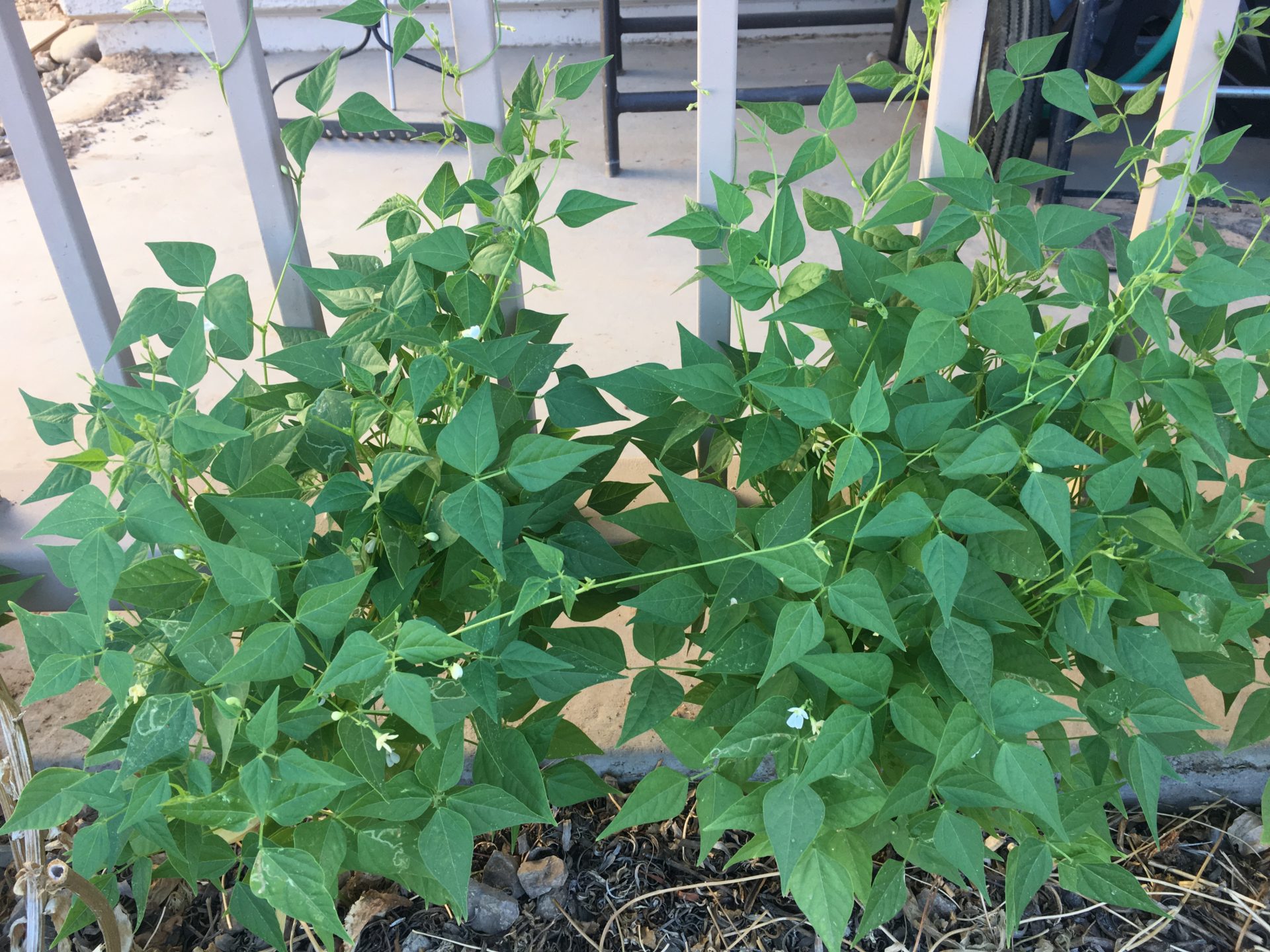

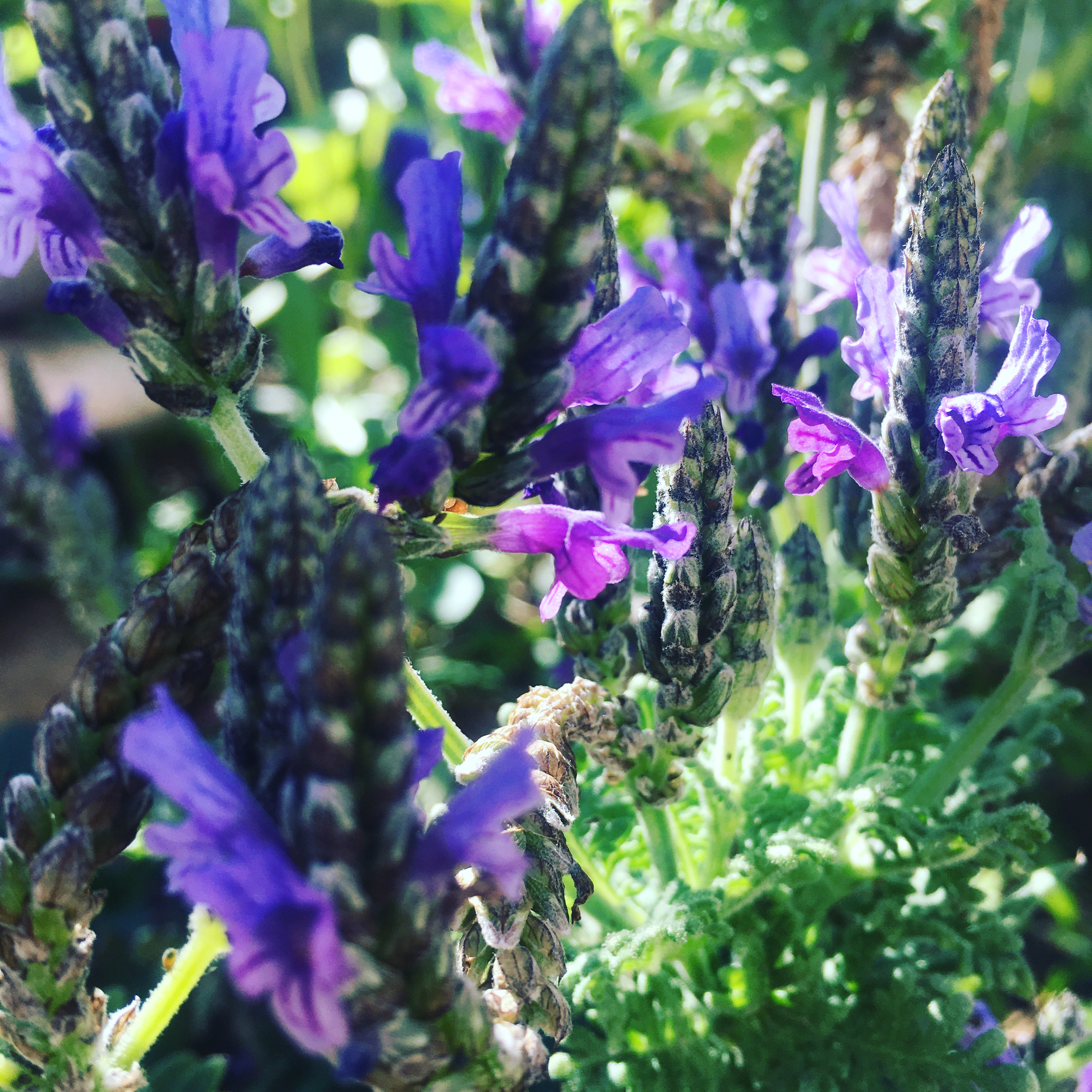
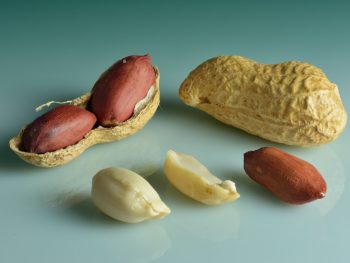
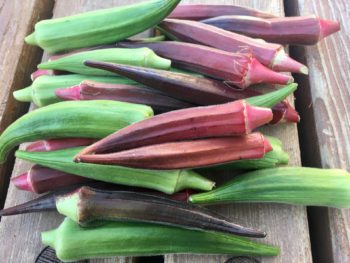
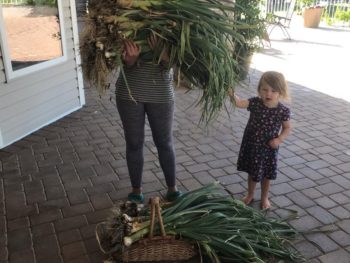
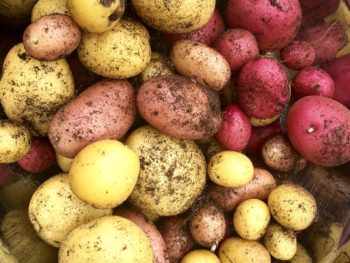

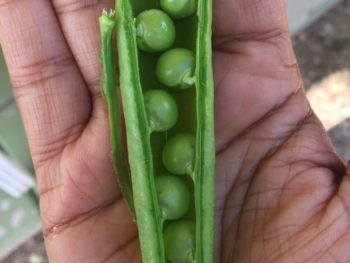
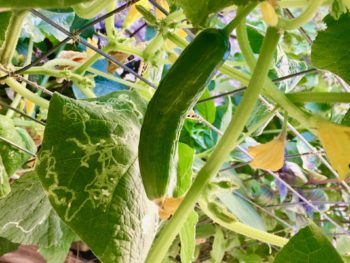
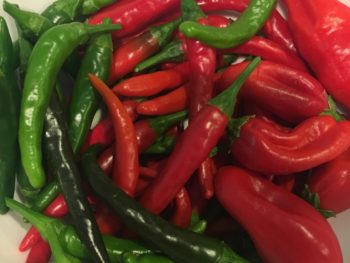
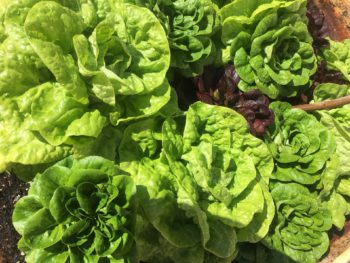

 Garden of the Month: June
Garden of the Month: June